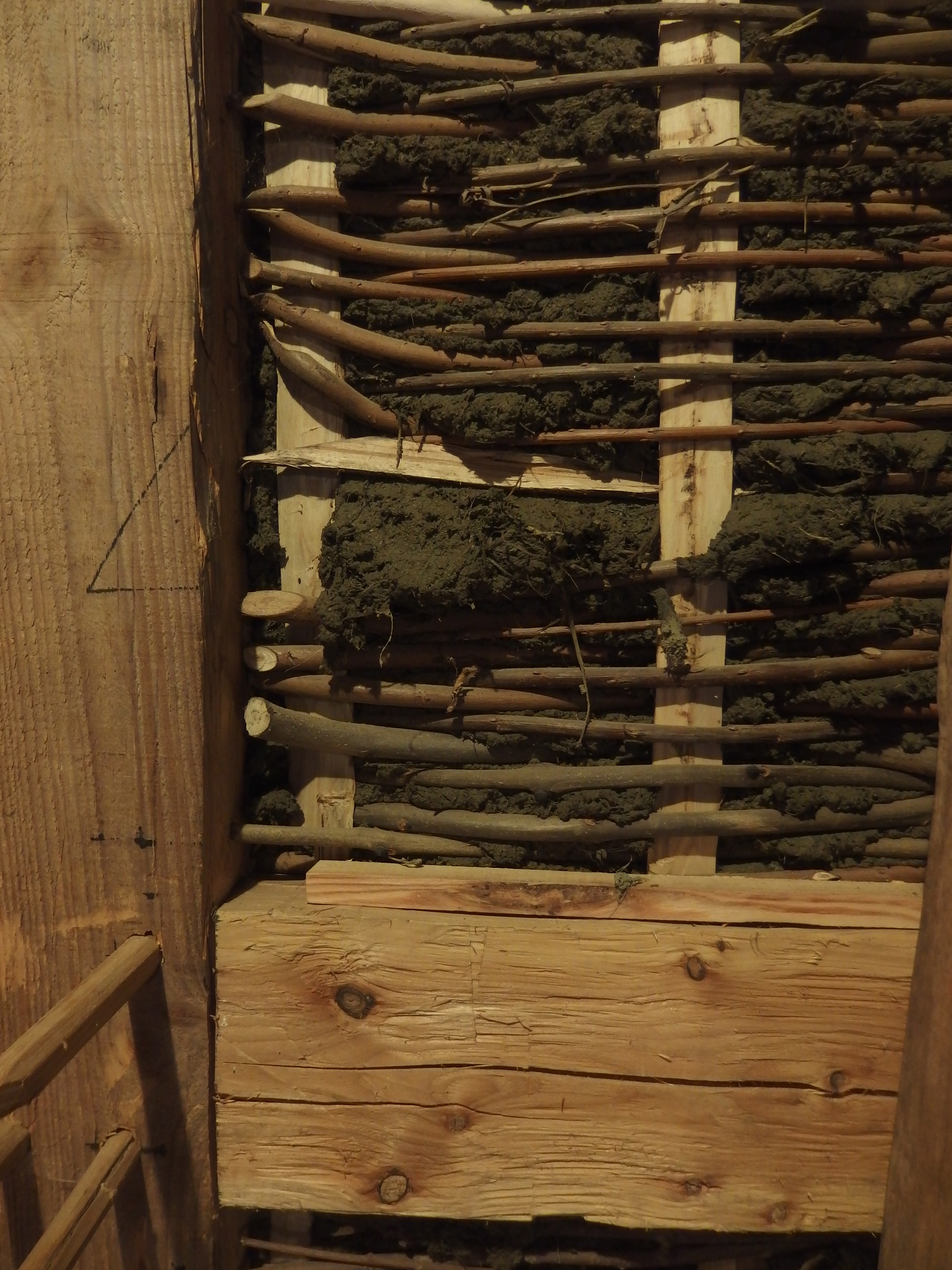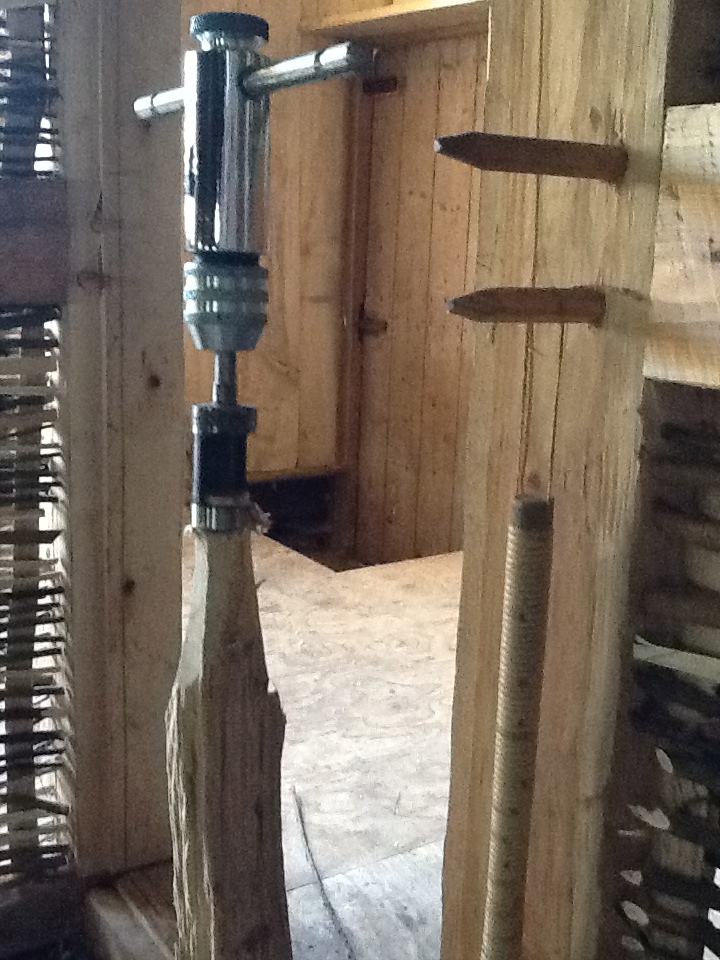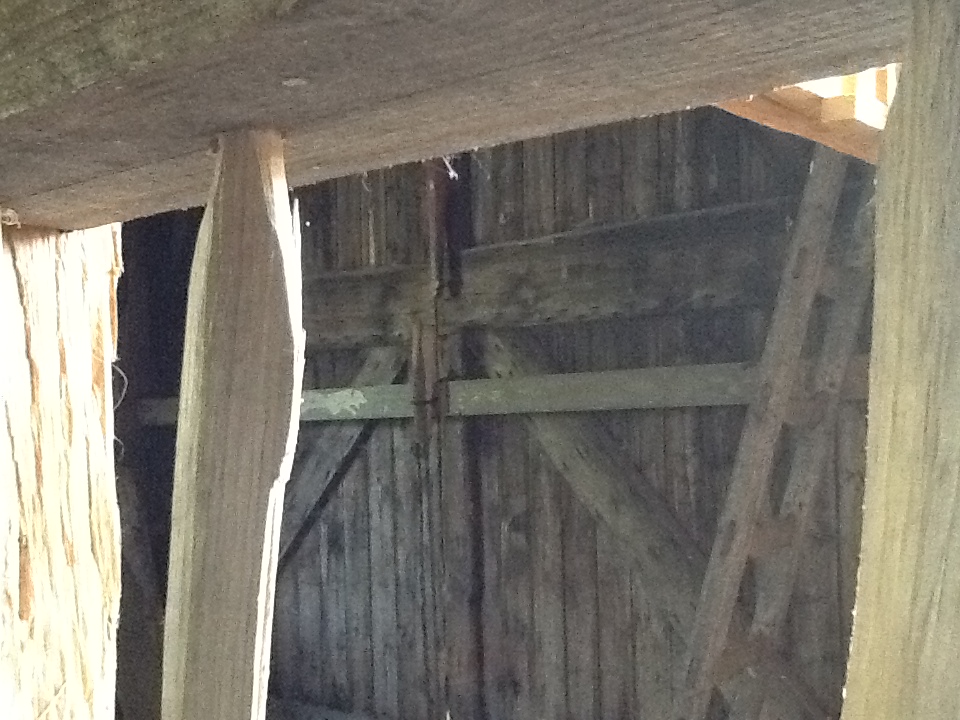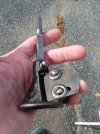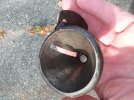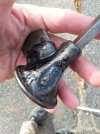You know,up above you mention that odd-ball stave work on a "mud-sill" as you put it...in "Sagastua" movie,i presume...
If so,what i think that is for is when folks come to burn your house down and kill you when you go running out,it's that little breezeway that separates the house wall from the burning arrows...as you lurk behind it repelling the boarders...(i presume that in part because it's on the front only,and also for reason of those odd embrasures toward the top of it,not quite windows,you know...).
If so,what i think that is for is when folks come to burn your house down and kill you when you go running out,it's that little breezeway that separates the house wall from the burning arrows...as you lurk behind it repelling the boarders...(i presume that in part because it's on the front only,and also for reason of those odd embrasures toward the top of it,not quite windows,you know...).

